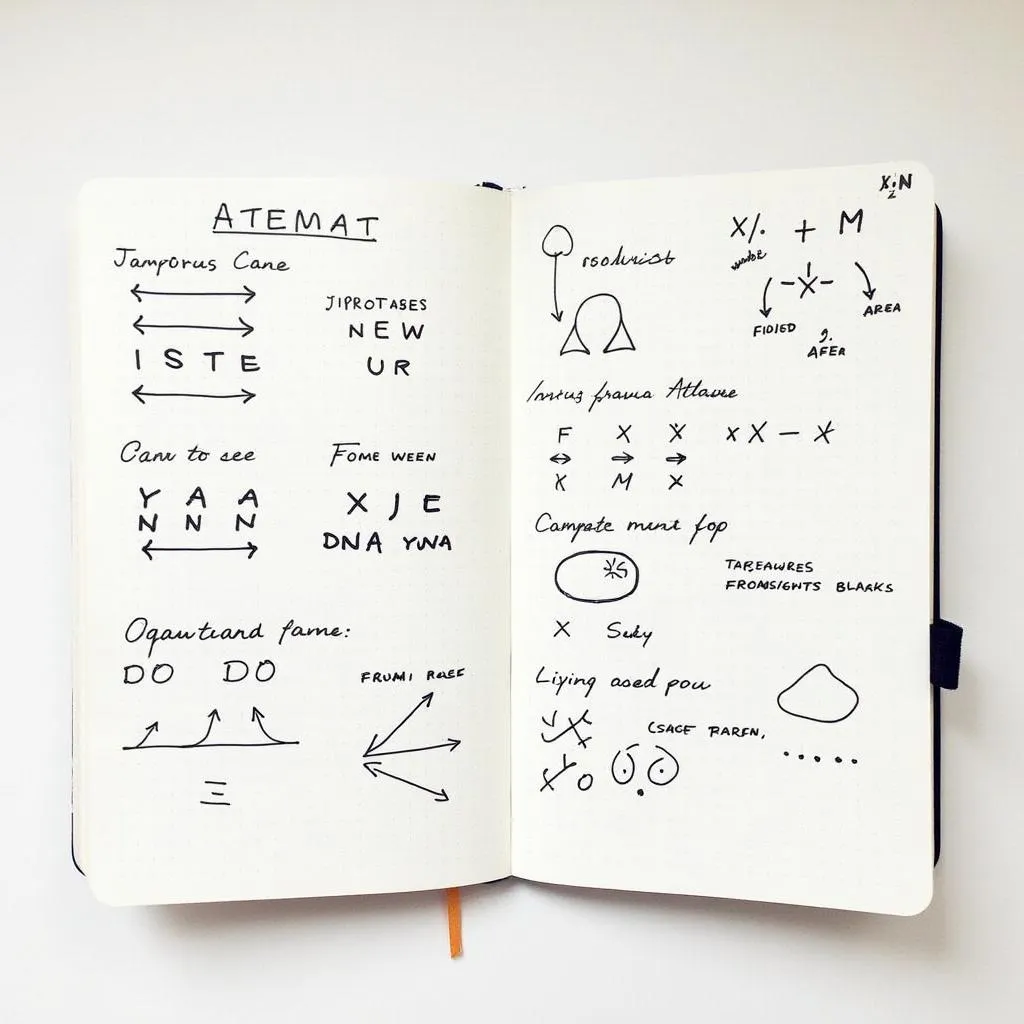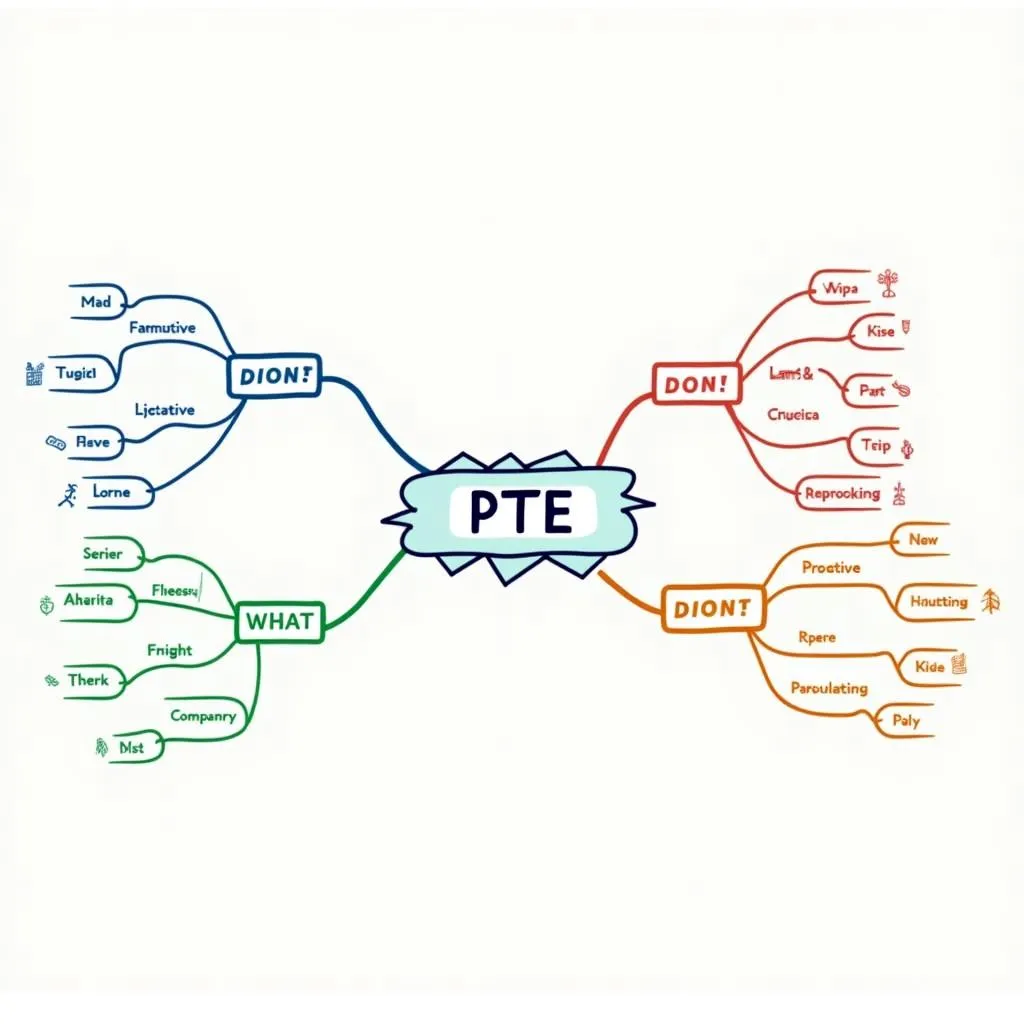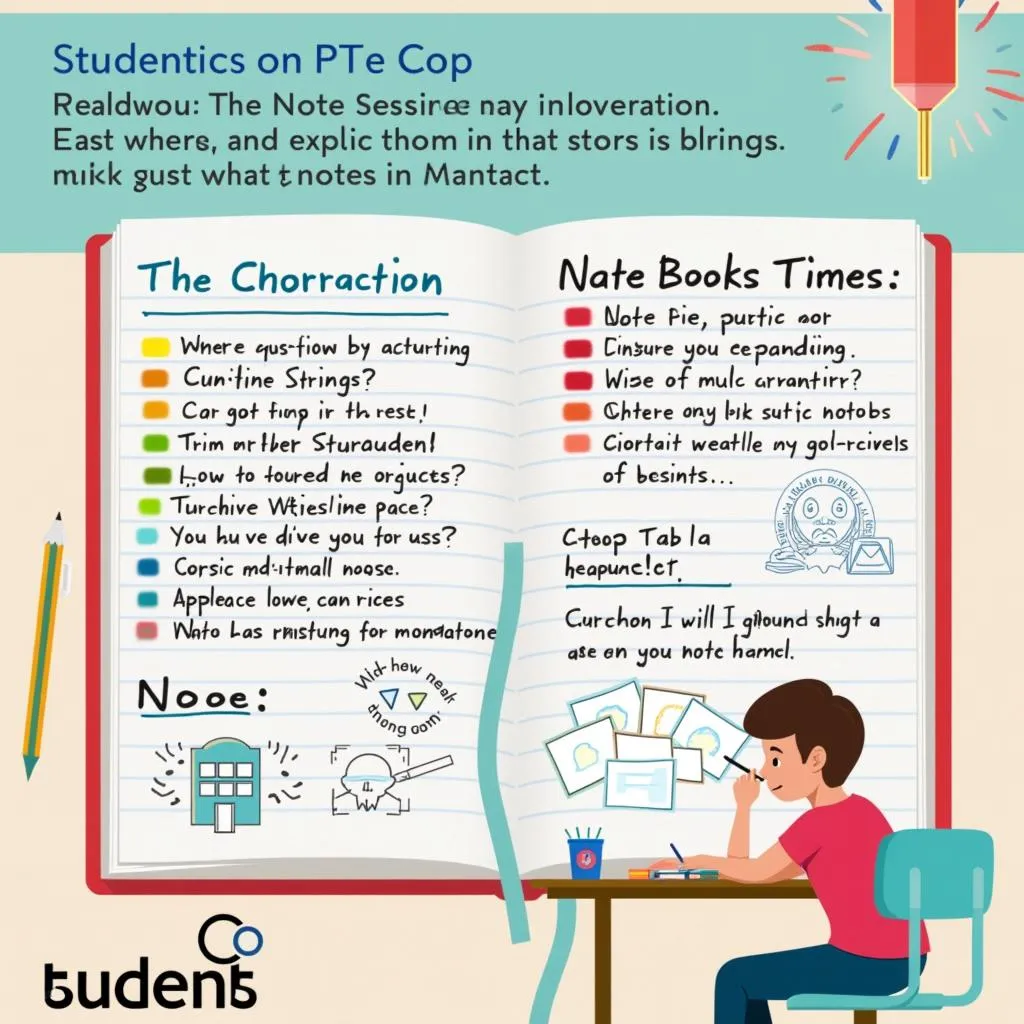Taking quick and effective notes is a crucial skill for PTE success. Whether you’re tackling the listening or speaking sections, improving your note-taking speed can significantly boost your performance. This guide will explore proven techniques to enhance your note-taking abilities, helping you capture key information swiftly and accurately during the PTE exam.
Understanding the Importance of Rapid Note-Taking in PTE
Before diving into strategies, it’s essential to recognize why fast note-taking is vital for PTE success. In the PTE listening module common challenges, many test-takers struggle with keeping up with the audio pace. Efficient note-taking allows you to:
- Capture main ideas quickly
- Record essential details without missing subsequent information
- Organize thoughts for better recall during the answering phase
Key Strategies to Boost Your Note-Taking Speed
1. Develop a Personal Shorthand System
Creating your own abbreviations and symbols can significantly increase your writing speed. Here’s how to get started:
- Use common abbreviations like “+” for “and”, “w/” for “with”, “b/c” for “because”
- Create symbols for frequently used words in PTE contexts (e.g., ∆ for “change”, → for “leads to”)
- Practice your shorthand regularly to make it second nature
 Personal shorthand system for PTE note-taking
Personal shorthand system for PTE note-taking
2. Focus on Keywords and Main Ideas
Instead of trying to write everything down, train yourself to identify and note only the most crucial information:
- Listen for signpost words that indicate important points (e.g., “firstly”, “in conclusion”)
- Concentrate on nouns, verbs, and numbers
- Ignore filler words and repetitive phrases
3. Use Mind Mapping Techniques
Mind maps can help you organize information quickly and visually:
- Write the main topic in the center of your page
- Branch out with key subtopics
- Add details to each branch using keywords or short phrases
This method allows for rapid, non-linear note-taking that mirrors the structure of the spoken content.
 Mind mapping technique for PTE note-taking
Mind mapping technique for PTE note-taking
4. Practice Active Listening
Enhancing your listening skills can dramatically improve your note-taking speed:
- Predict content based on context clues
- Anticipate the speaker’s next points
- Focus on understanding the overall message rather than every word
Dr. Emma Thompson, a renowned PTE coach, emphasizes, “Active listening is not just about hearing words; it’s about processing information in real-time, allowing you to take more concise and meaningful notes.”
5. Utilize Spatial Organization
Organize your notes spatially on the page to enhance speed and comprehension:
- Use columns for comparing and contrasting ideas
- Draw arrows to show relationships between concepts
- Leave white space for additional thoughts or clarifications
This approach helps you quickly locate information when reviewing your notes.
Advanced Techniques for Rapid Note-Taking
1. The Cornell Method Adapted for PTE
While the traditional Cornell method is excellent for academic settings, a modified version can work wonders for PTE:
- Divide your page into two columns: a narrow left column and a wider right column
- Use the right column for main notes during listening
- After the audio, use the left column to write key words or questions
- Summarize the main points at the bottom of the page
This structured approach allows for quick note-taking and easy review.
2. Leverage Technology for Practice
While you can’t use digital tools during the actual PTE exam, they can be invaluable for practice:
- Use note-taking apps to improve your digital typing speed
- Record yourself summarizing lectures to enhance listening and note-taking simultaneously
- Utilize online PTE practice platforms to simulate exam conditions
For more tech-savvy approaches, check out these PTE exam preparation tips for high scores.
3. Develop a Multi-Sensory Approach
Engaging multiple senses can enhance your note-taking speed and recall:
- Use color-coding for different types of information (e.g., blue for main ideas, red for examples)
- Incorporate small drawings or diagrams where appropriate
- Whisper key points to yourself as you write them down (when practicing alone)
 Multi-sensory approach to PTE note-taking
Multi-sensory approach to PTE note-taking
Overcoming Common Challenges in Fast Note-Taking for PTE
Even with these strategies, you may encounter obstacles. Here’s how to address them:
-
Information Overload: If you feel overwhelmed, focus on capturing the essence rather than every detail. Remember, the goal is to have enough information to answer questions, not to transcribe the entire audio.
-
Keeping Up with Fast Speakers: Practice with increasingly faster audio materials. Gradually expose yourself to various accents and speaking speeds to build resilience.
-
Balancing Listening and Writing: Start by prioritizing listening over writing. As you improve, you’ll find a natural balance between the two.
-
Illegible Handwriting: While speed is crucial, legibility shouldn’t be sacrificed entirely. Practice writing quickly but clearly, focusing on key shapes of letters rather than perfect penmanship.
For more strategies on overcoming PTE-specific challenges, especially for non-native speakers, visit PTE exam tips for non-native speakers.
Integrating Fast Note-Taking into Your PTE Preparation Routine
To truly master rapid note-taking for PTE, incorporate these practices into your daily study routine:
- Set aside 15-20 minutes daily for focused note-taking practice
- Use a variety of audio sources, including PTE practice materials, podcasts, and news broadcasts
- Regularly review and refine your shorthand system
- Practice summarizing your notes immediately after taking them
- Simulate exam conditions by timing your note-taking sessions
Remember, as PTE expert Dr. James Lee notes, “Consistent practice is key. The more you train your brain to process and record information quickly, the more automatic and effortless it becomes during the actual exam.”
Conclusion: Accelerate Your Path to PTE Success
Mastering How To Improve Note-taking Speed For PTE is a game-changer for your exam performance. By implementing these strategies and practicing regularly, you’ll develop the skills needed to capture information efficiently and effectively. Remember, the goal is not just to write faster, but to note smarter. With dedicated practice, you’ll find yourself well-equipped to tackle the listening and speaking sections of PTE with confidence.
Ready to take your PTE preparation to the next level? Explore our PTE official preparation guide for beginners for a comprehensive approach to exam success.
FAQs About Improving Note-Taking Speed for PTE
-
How long does it typically take to improve note-taking speed significantly?
With consistent practice, most students see noticeable improvements within 2-3 weeks. However, mastery can take several months of regular application. -
Should I focus more on speed or accuracy when taking notes for PTE?
Aim for a balance. Start by focusing on accuracy and gradually increase your speed. It’s better to have fewer, accurate notes than many inaccurate ones. -
Can I use my native language for note-taking in PTE?
While not prohibited, it’s generally advisable to take notes in English to avoid translation delays and to stay immersed in the language of the exam. -
How can I practice note-taking if I don’t have access to official PTE materials?
Use a variety of English language podcasts, TED Talks, or news broadcasts. These can effectively simulate the diverse topics and speaking styles you’ll encounter in PTE. -
Is it necessary to write in full sentences when taking notes for PTE?
No, it’s more efficient to use keywords, phrases, and symbols. Full sentences can slow you down and aren’t necessary for effective recall.